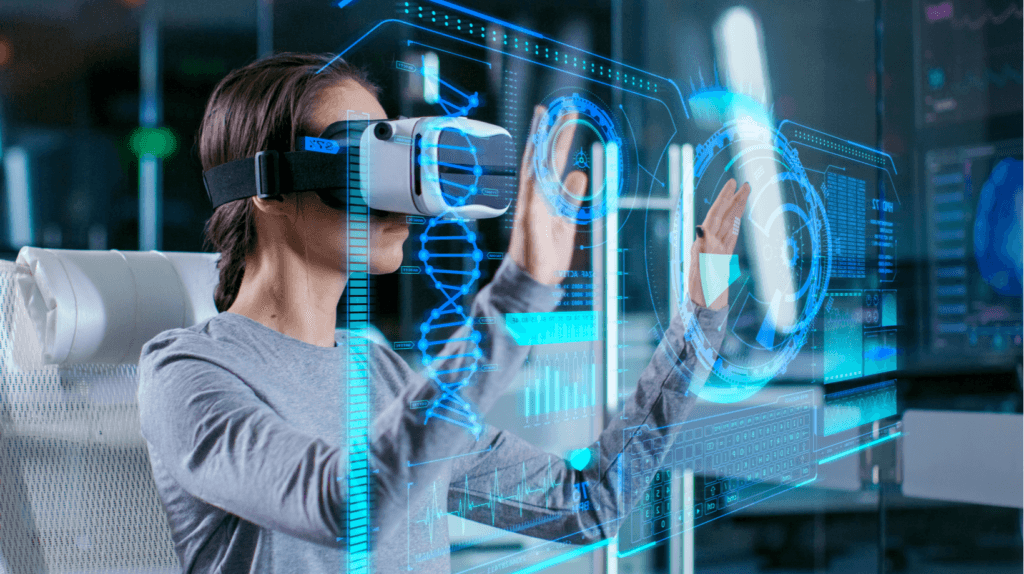
Virtual Reality (VR) and Augmented Reality (AR) are increasingly being recognized as powerful tools in the realm of eLearning, offering new dimensions of engagement that traditional methods often lack. These immersive technologies have the potential to transform the educational landscape by making learning experiences more interactive and captivating.
Virtual Reality provides a digital environment where users can interact within a simulated world. By using VR headsets, learners are transported into three-dimensional spaces that are designed for various educational purposes. For example, medical students can perform virtual surgeries, providing a risk-free platform to practice procedures. Similarly, history classes become more intriguing when students can virtually visit ancient civilizations and explore their surroundings.
Augmented Reality, on the other hand, enhances the real world by overlaying digital information onto it. Through AR devices or apps on smartphones and tablets, static content can come to life with interactive 3D models, animations, or videos. This technology is especially useful for subjects that benefit from visual representations, such as biology or engineering, where AR can animate complex mechanisms or illustrate biological processes right in front of the students’ eyes.
In eLearning, the integration of VR and AR has numerous benefits. Firstly, they provide deeper engagement through immersive experiences that are not possible with traditional learning methods. When learners are actively participating in a lesson rather than passively consuming information, their level of engagement increases, leading to better retention and understanding of the material.
Secondly, these technologies cater to diverse learning styles. Visual learners immensely benefit from VR’s visual simulations and AR’s interactive graphics, while kinesthetic learners can take advantage of the hands-on aspect provided by interacting with virtual objects in real-time.
Moreover, VR and AR can simulate scenarios that would either be too dangerous, expensive or impractical to experience in real life. Safety training for hazardous jobs is an excellent example where VR can create realistic environments without any risk to the learner.
Despite their potential, it’s important to recognize that VR and AR are still emerging technologies within eLearning and face some hurdles such as high costs for quality equipment and creating content that is pedagogically sound and technically robust. Additionally, since these technologies require users to be equipped with specific hardware like headsets for VR or smartphones capable of AR—there might be accessibility issues for some learners.
In conclusion, Virtual Reality and Augmented Reality hold great promise for eLearning by providing experiences that lead to deeper learner engagement through interactivity and immersion. As technology advances and becomes more accessible, we could see a significant transformation in how educational content is delivered and experienced by learners worldwide. With their ability to create realistic simulations and enrich real-world settings with informative overlays—they have paved the way for an exciting future in education technology.
